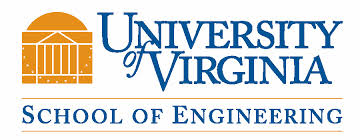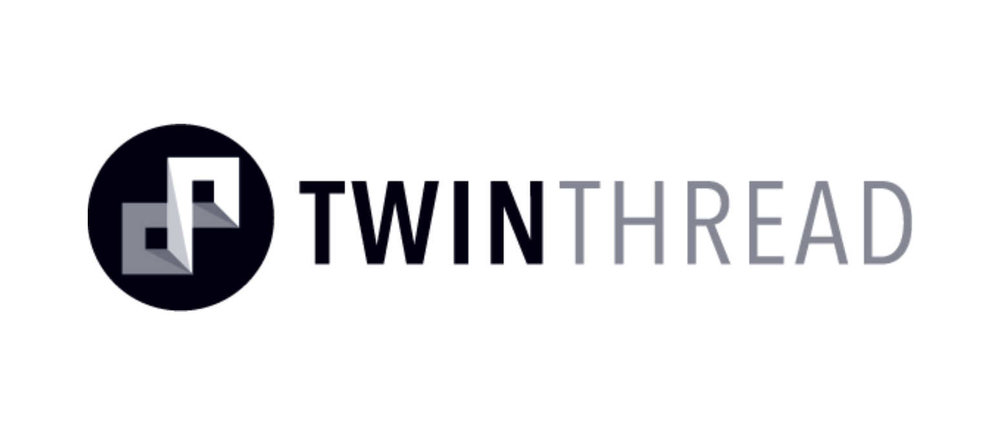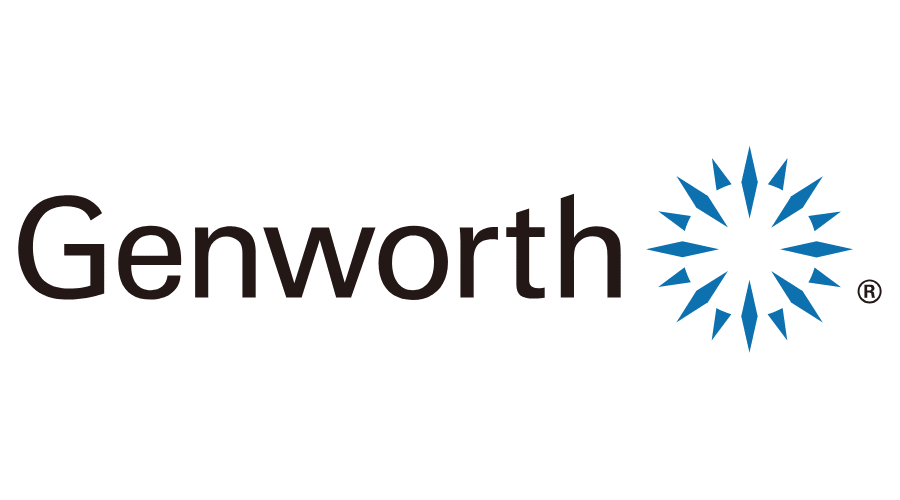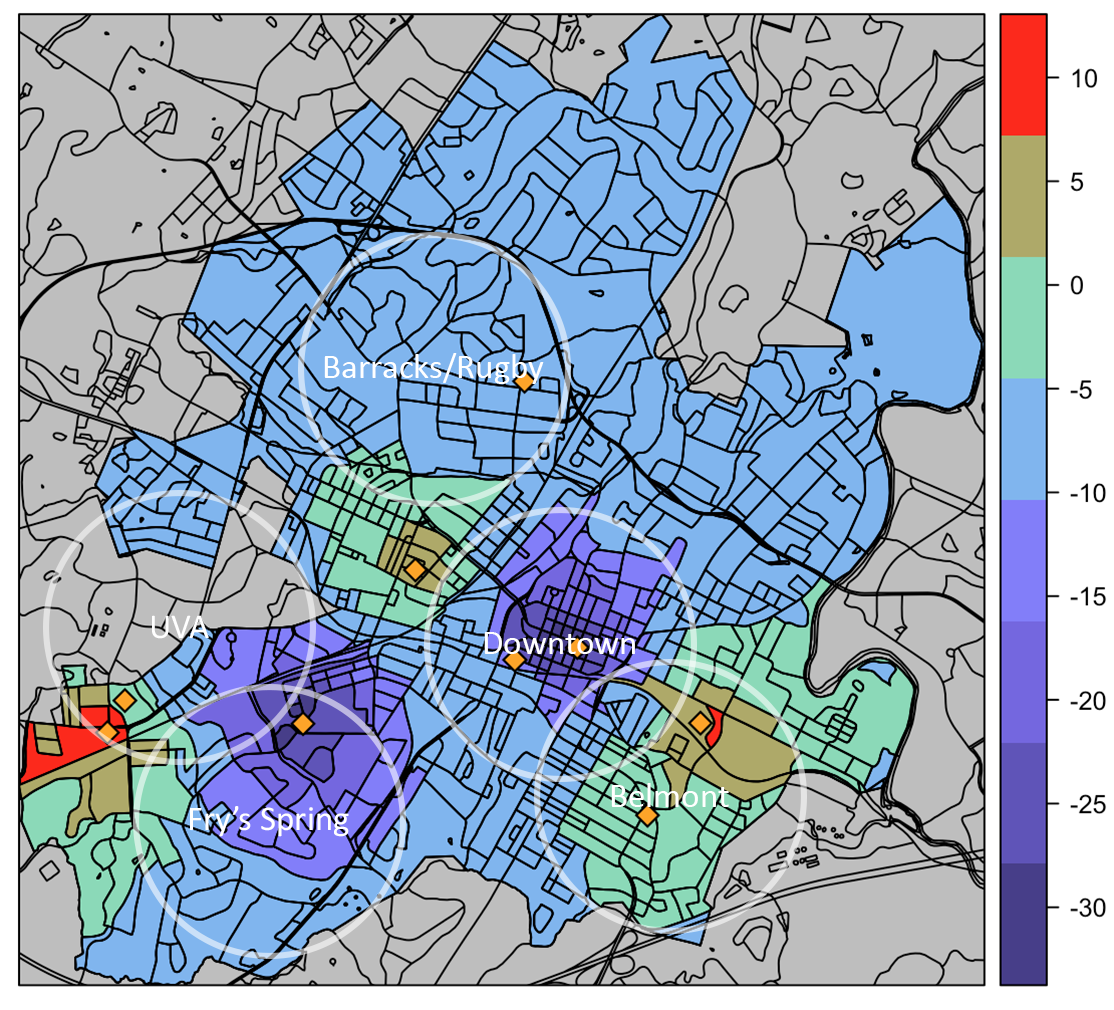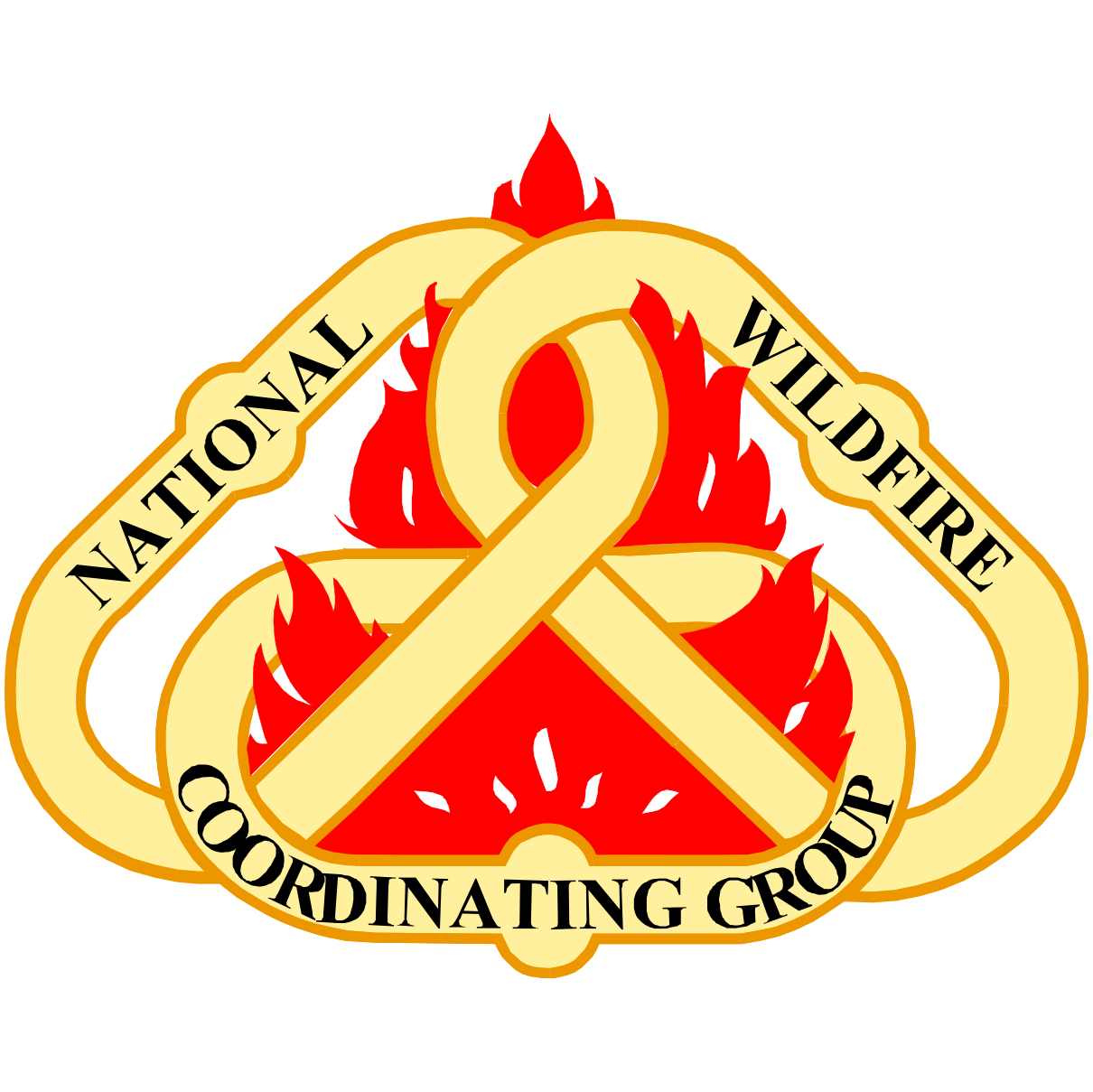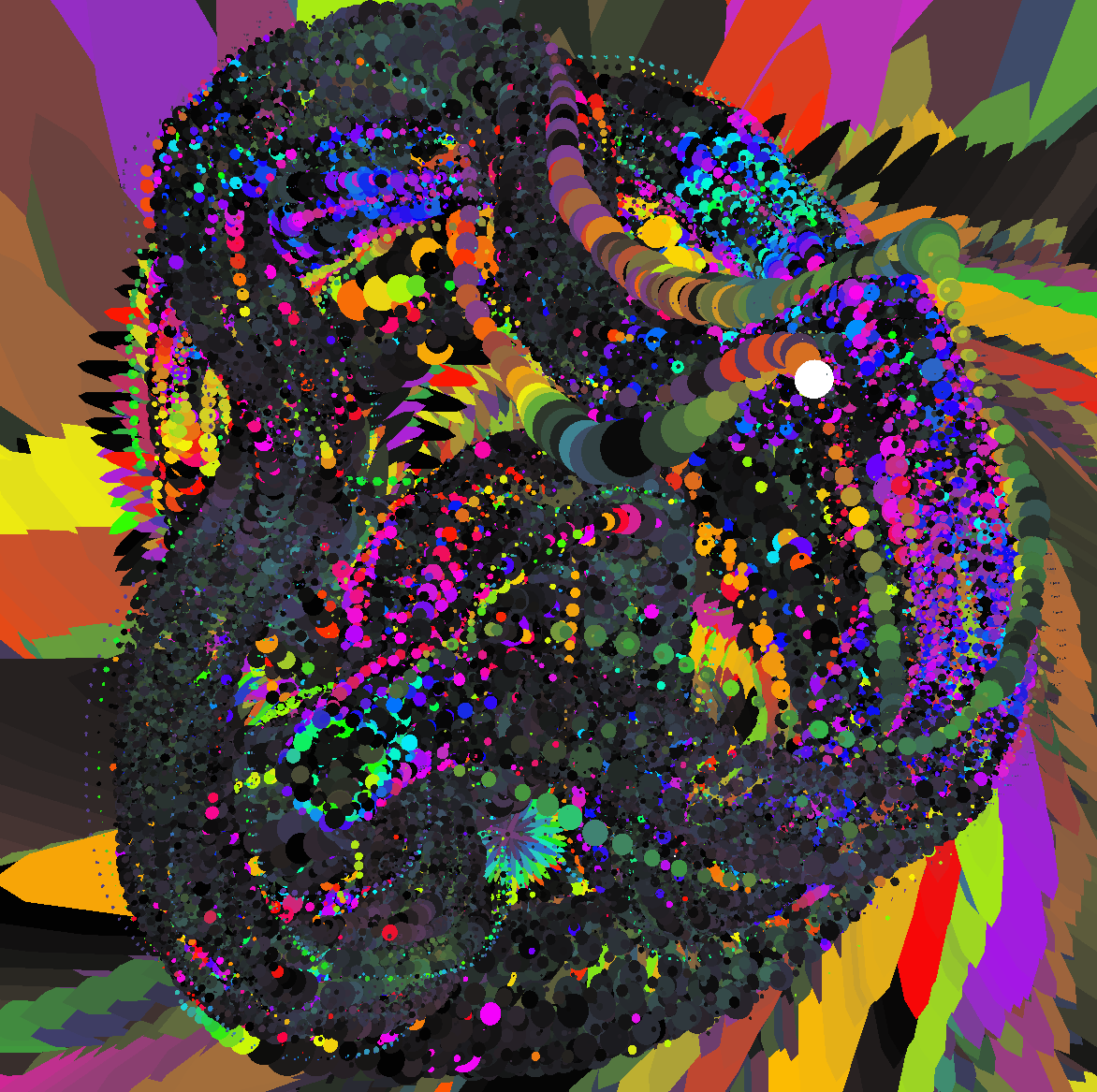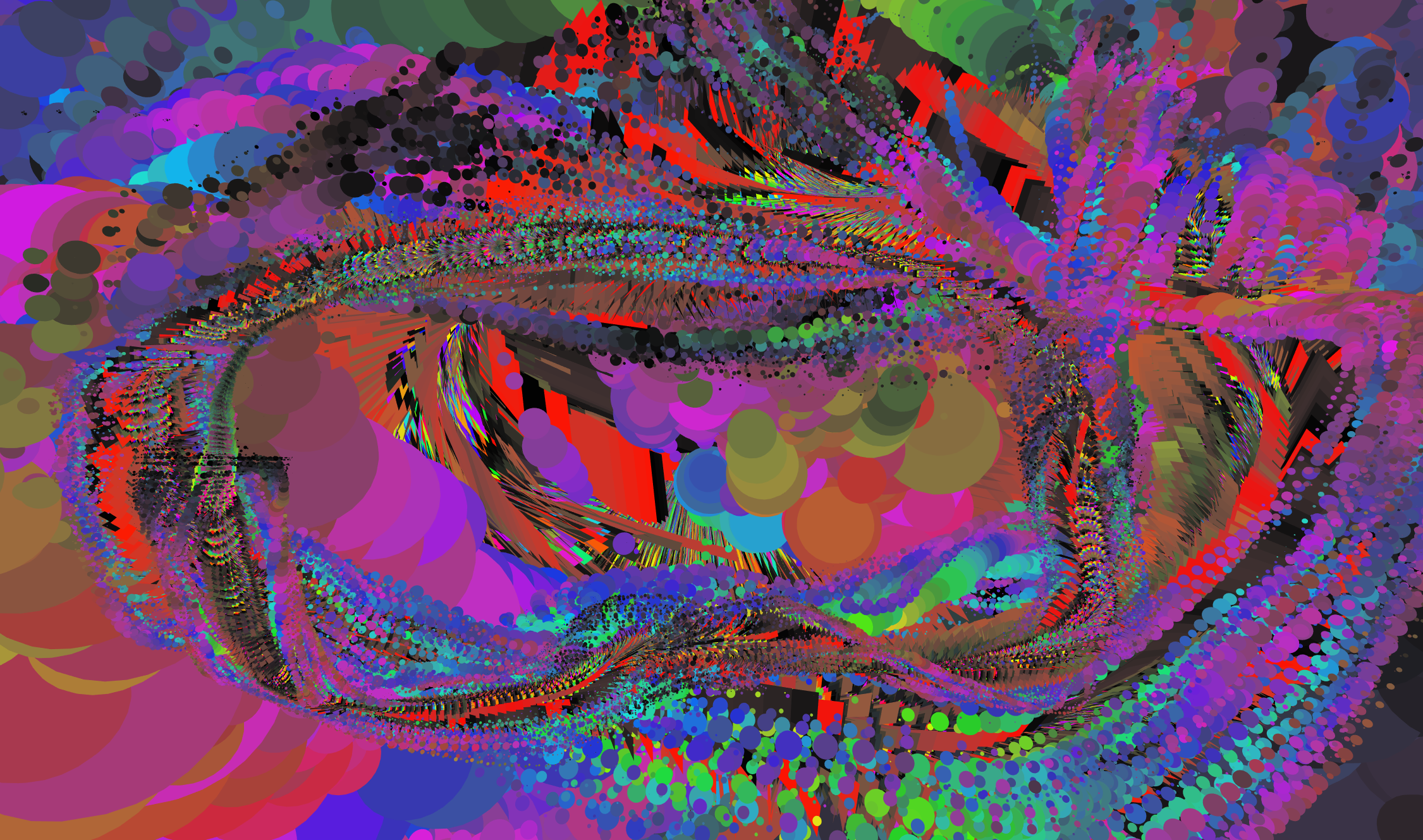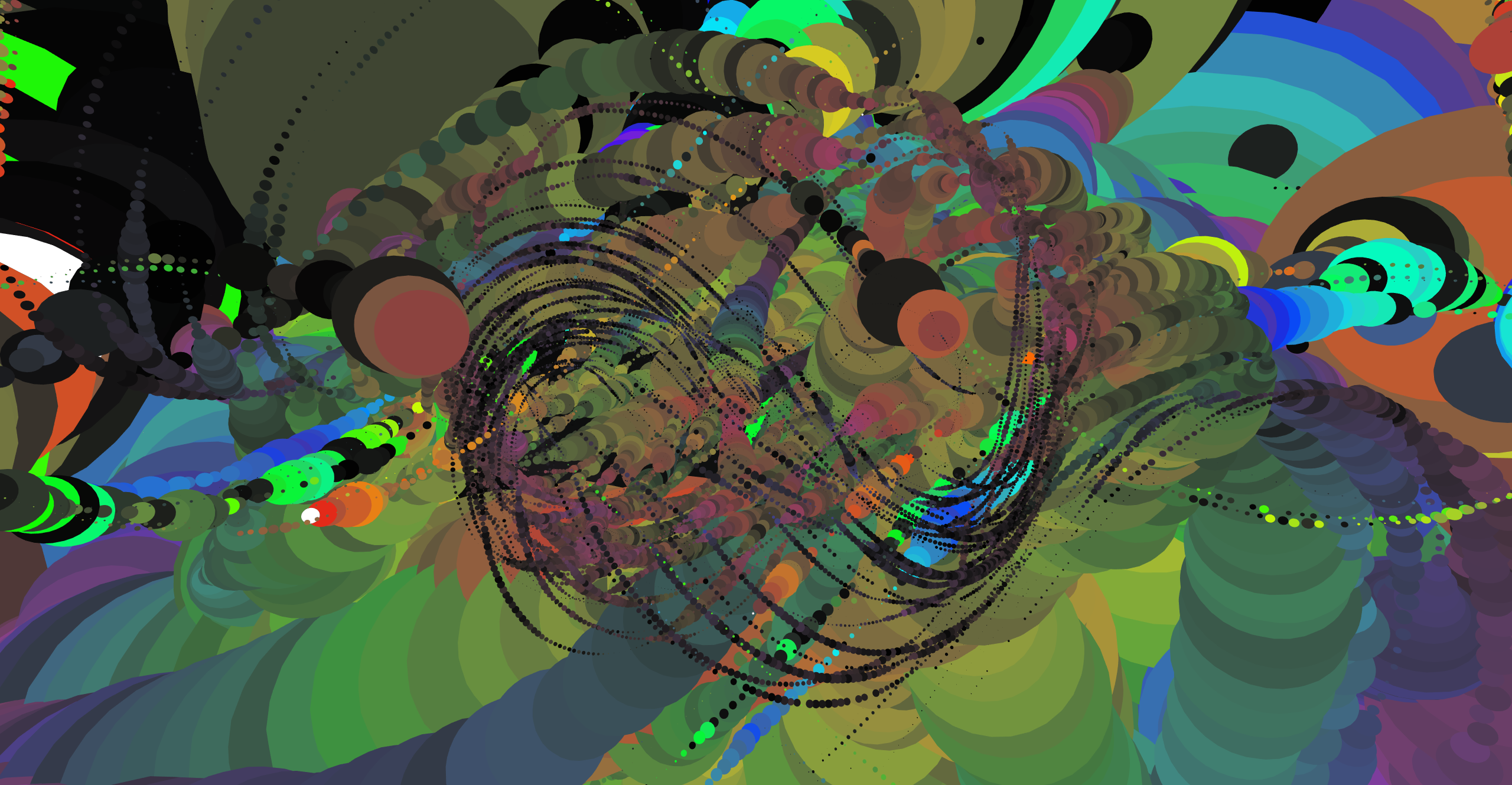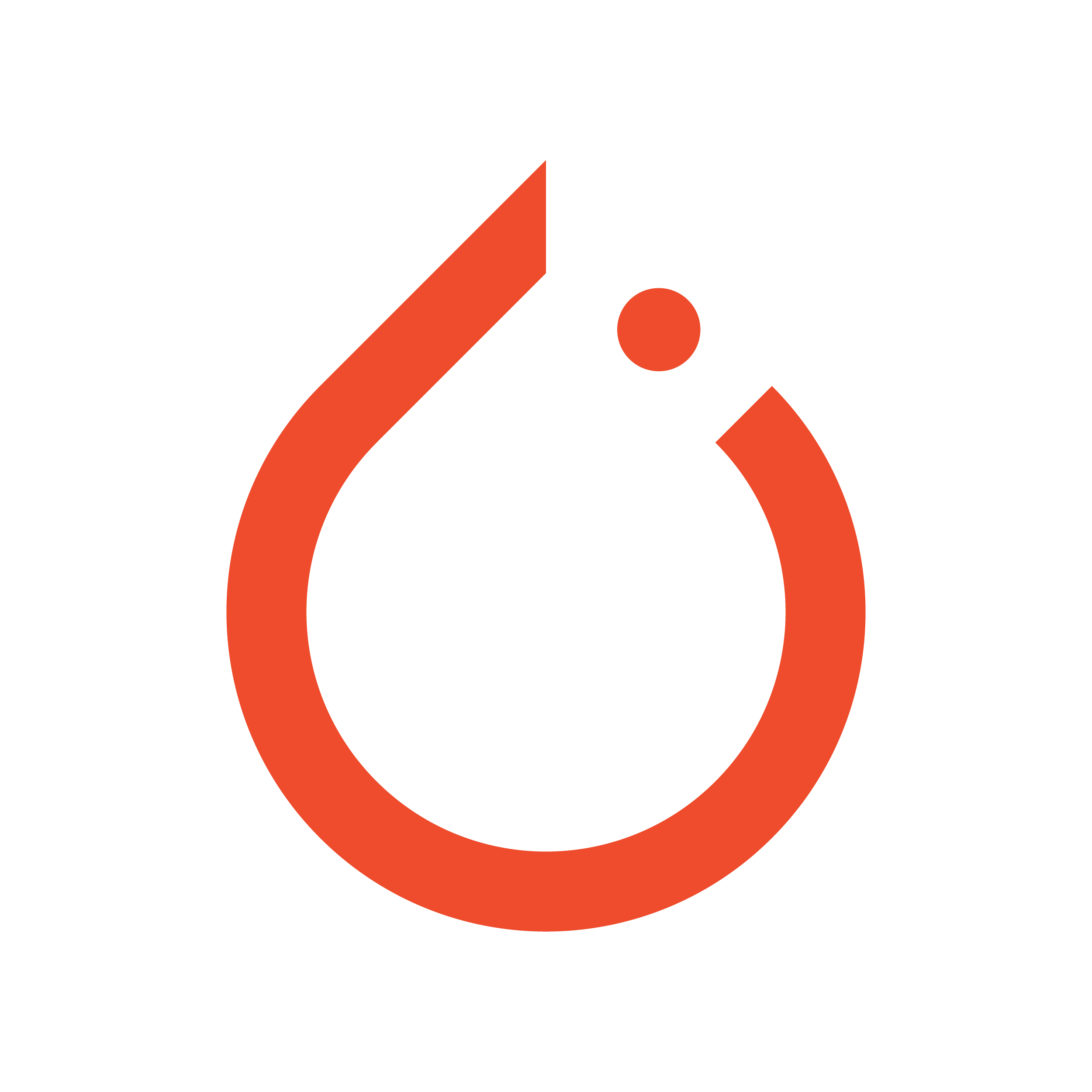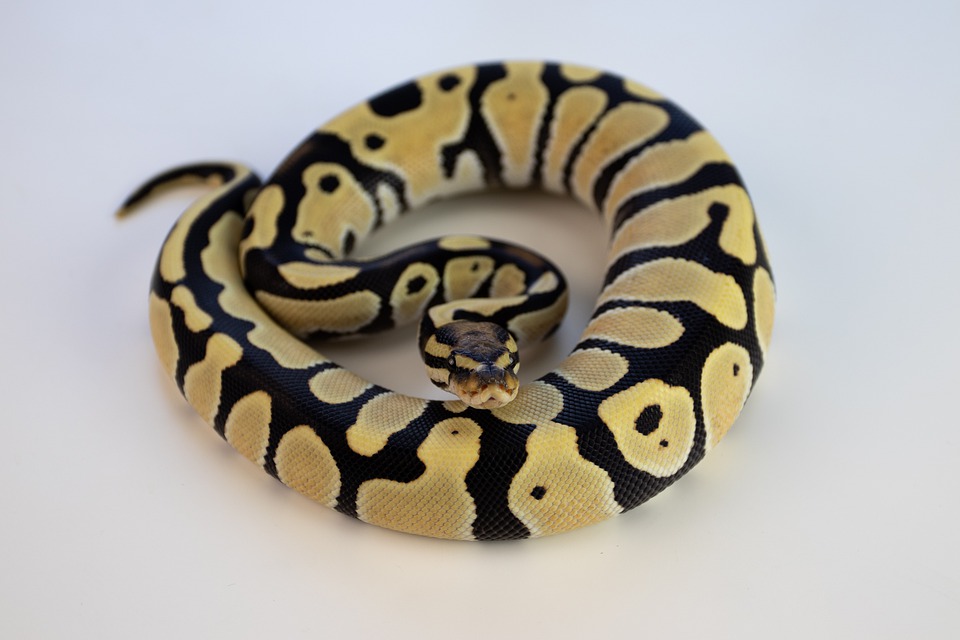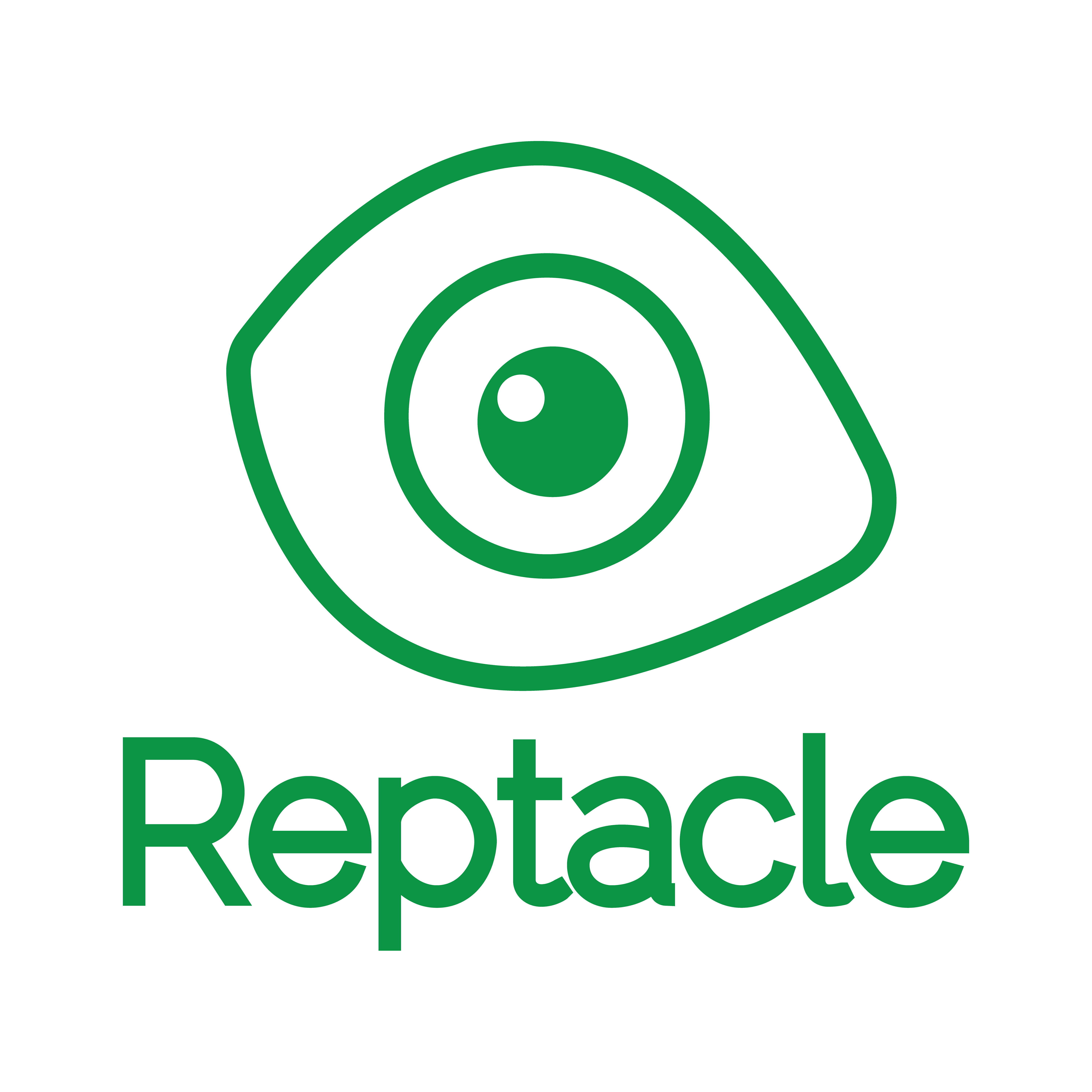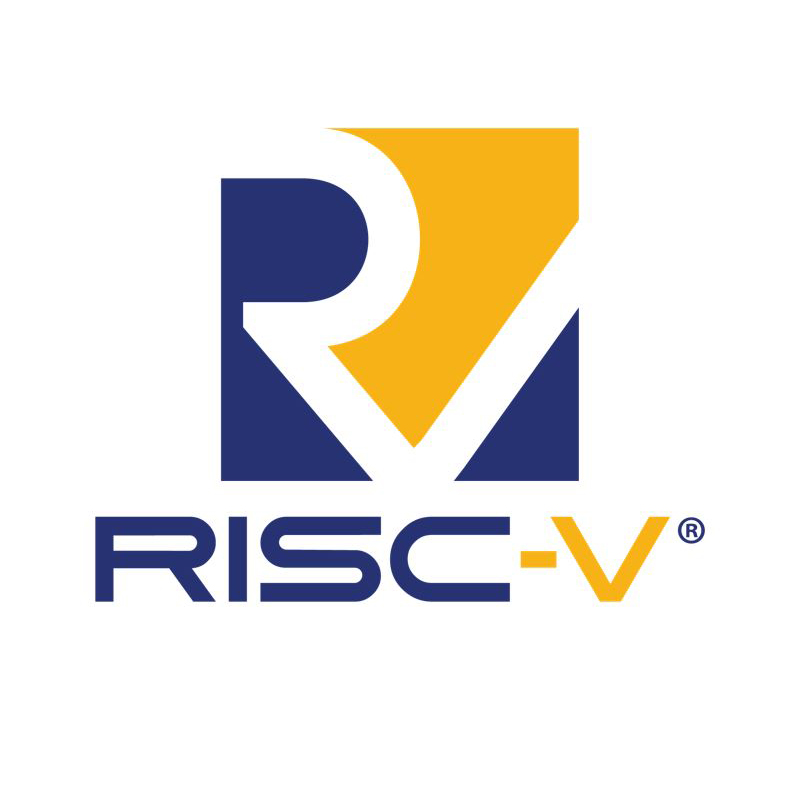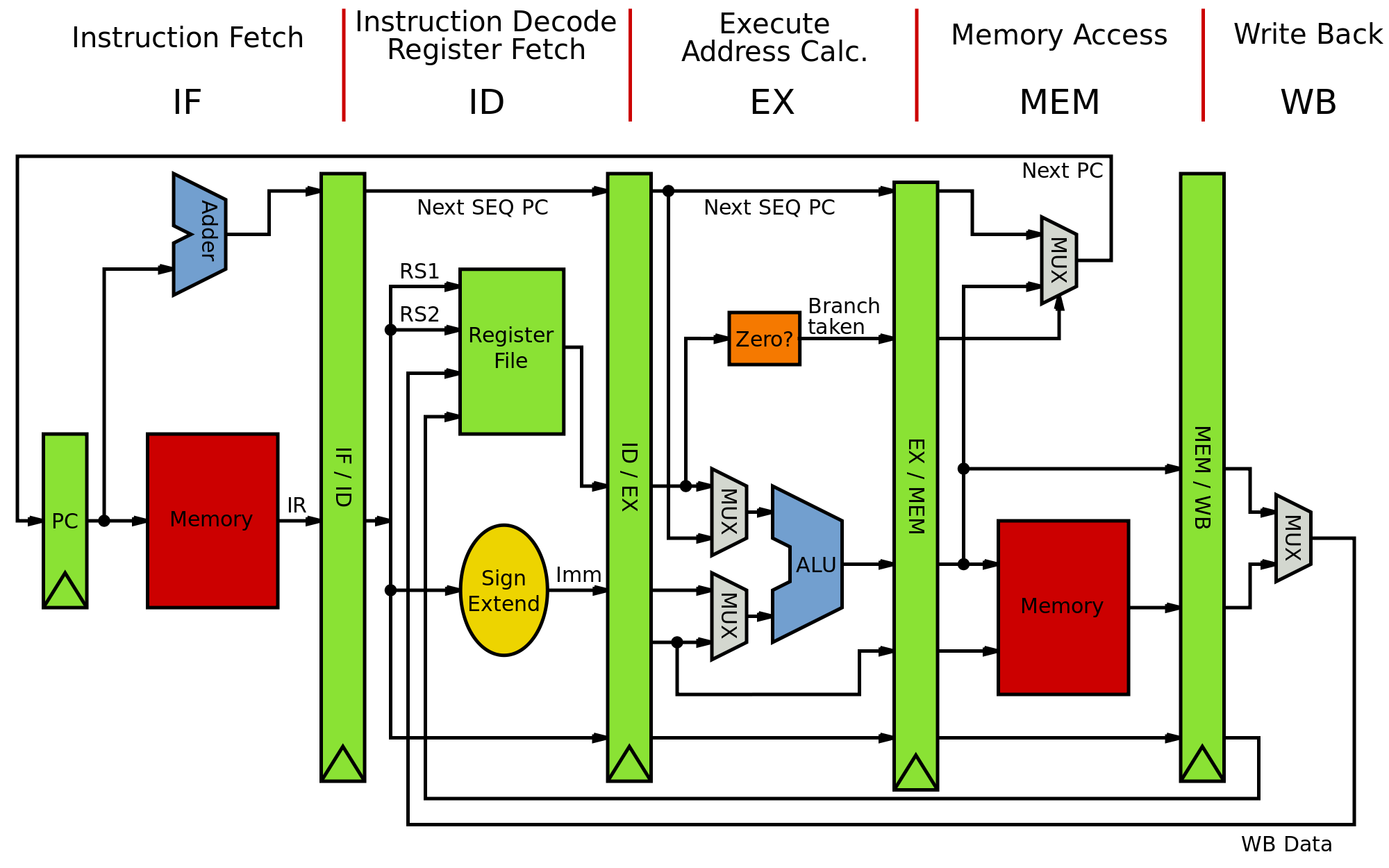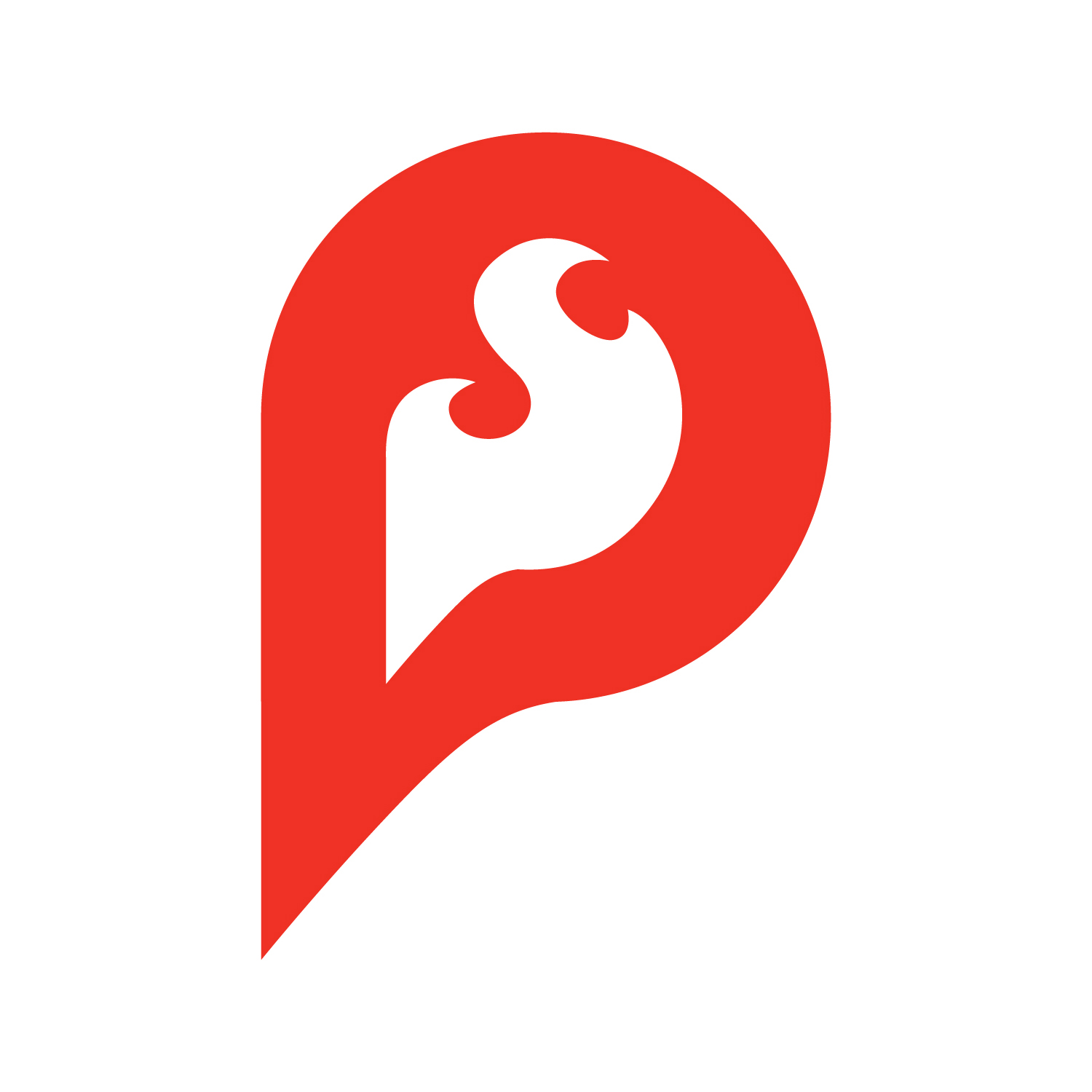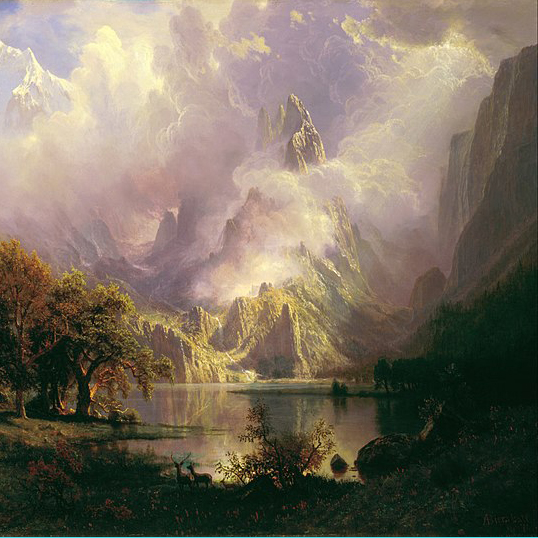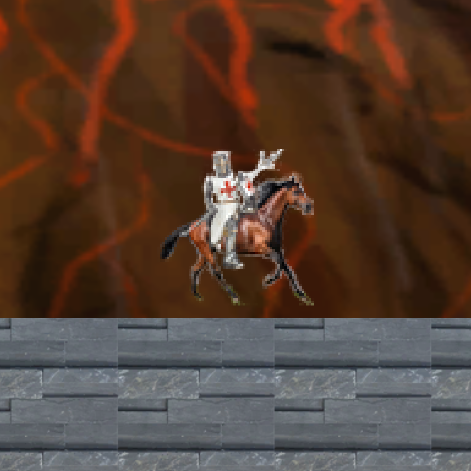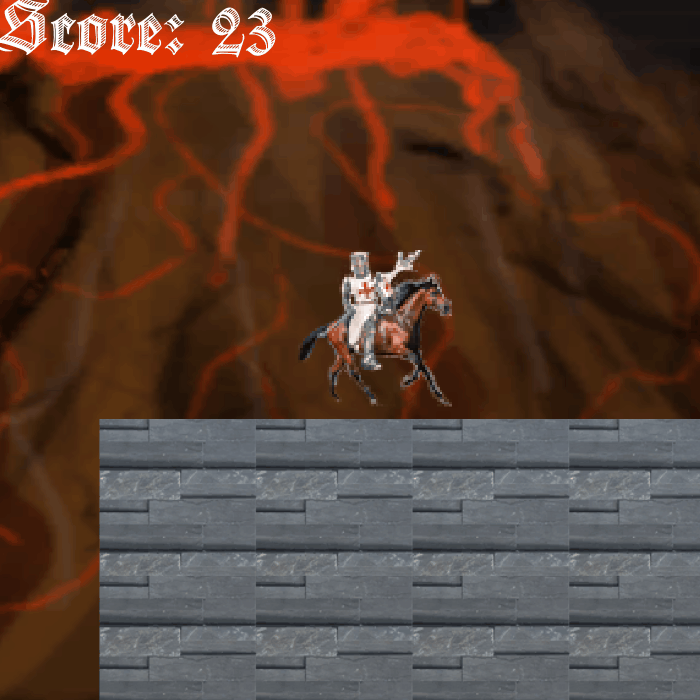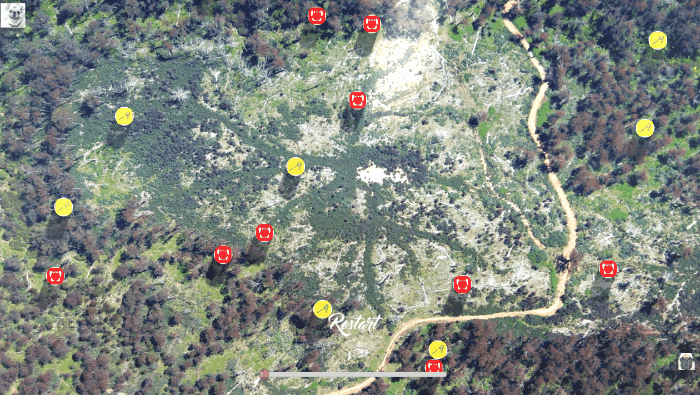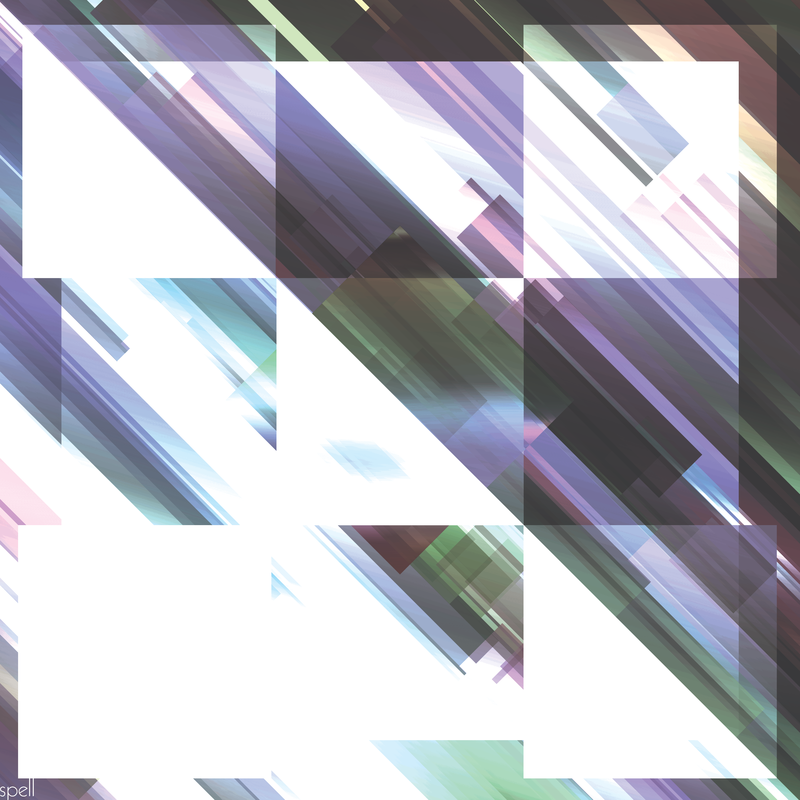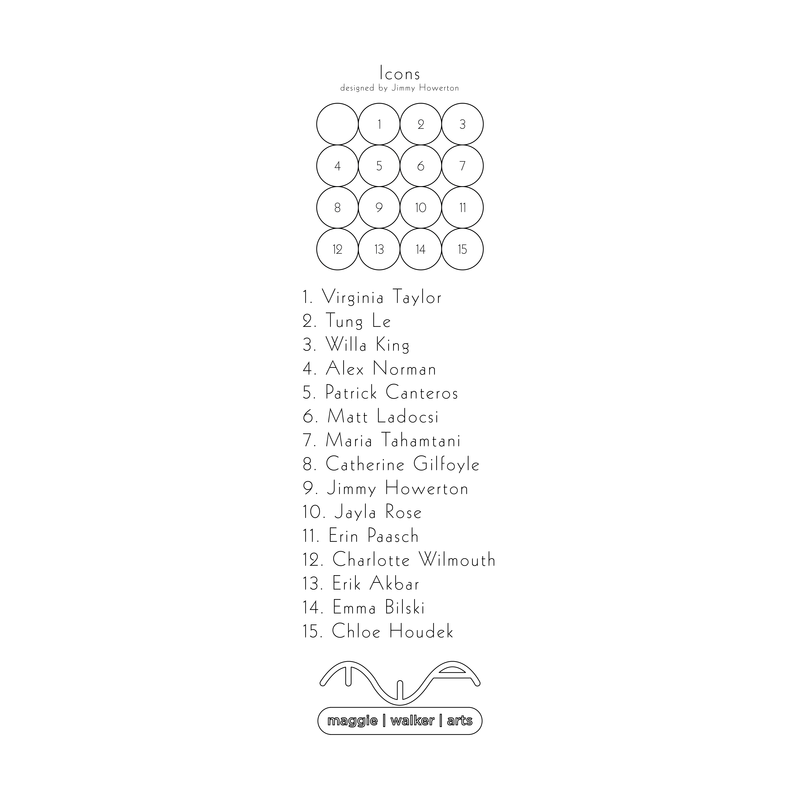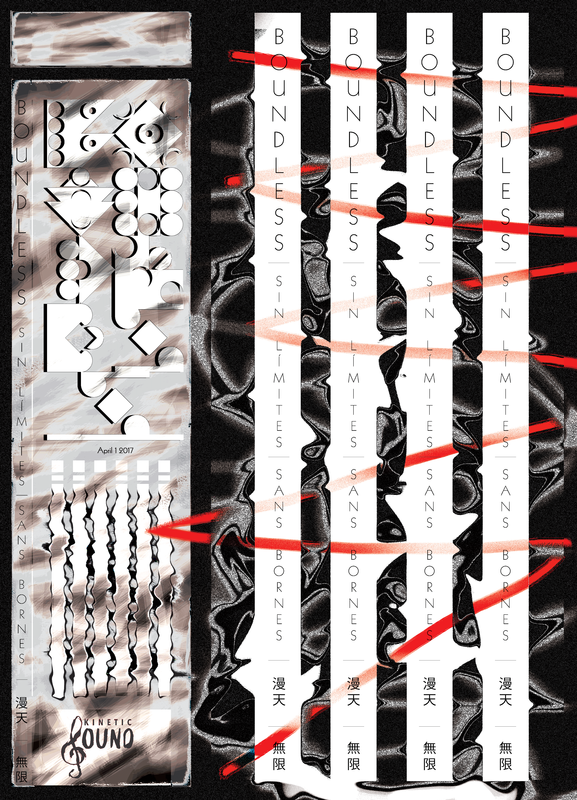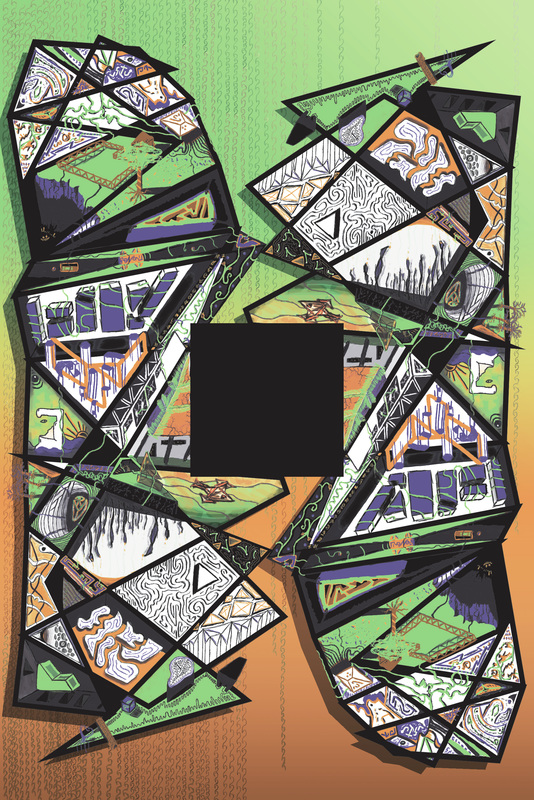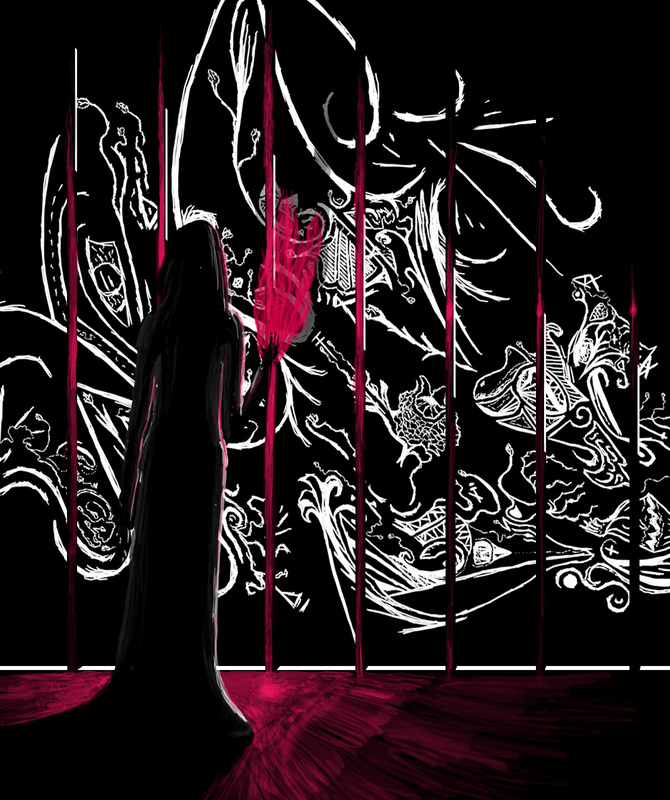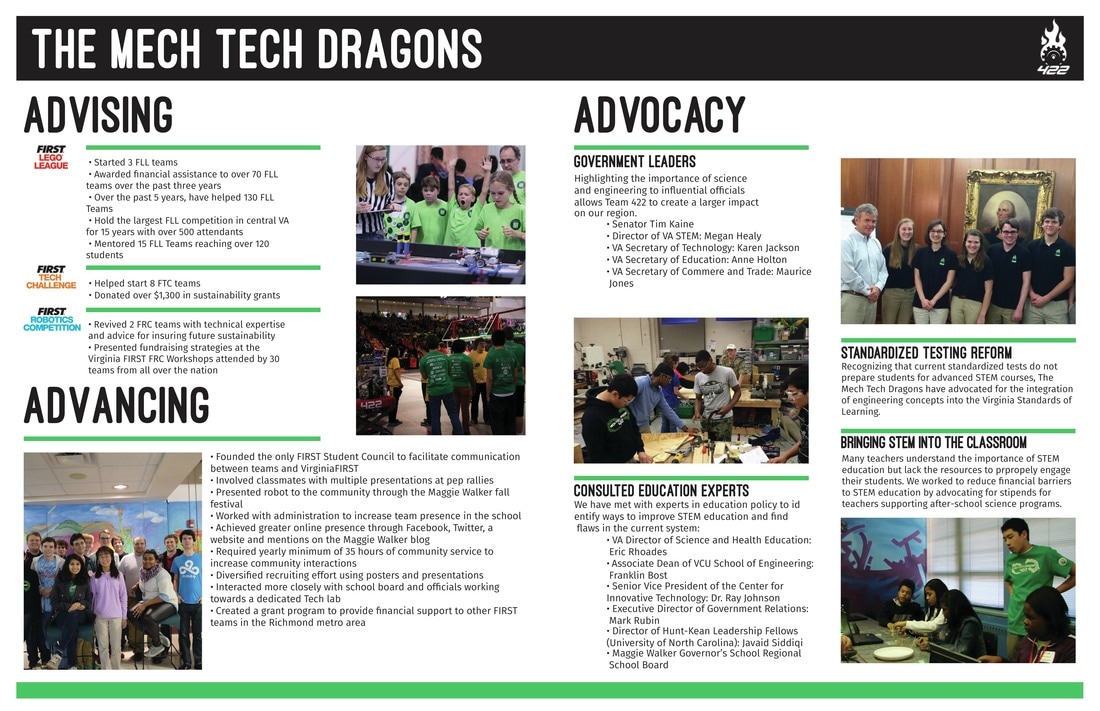TwinThread
Data Engineer
•
May 2020 - Present
My current position as a data engineer at TwinThread is exposing me to the process of
software engineering on a scale that I have never experienced before. I am lucky to work with
an extraordinary group of individuals that put their trust in me to make architectural software decisions
and support me in learning new technologies and in solving new problems. My work currently focuses primarily
around supporting the backend architecture of our machine learning pipeline.
Full Stack Intern
•
December 2018 - July 2019
This internship taught me what it is like to work on a tight-knit team of developers with an extensive codebase. Throughout
the time I worked there, I learned how continuous integration and deployment are
used in a real-world business setting on a team of both local and remote individuals.
Considering the length of the internship, I reached a point where my expertise
on specific topics surpassed those of my superiors. As a result, I wrote extensive
documentation on how to use my code following my absence. Through the interactions
with my superiors and peers, I learned that it is possible to work very hard on
a product and still have a great time doing it when you have a team that works
well together. While I learned a variety of technical skills, it is this sense
of optimism towards my future job that is far more valuable to me than any specific
technical skill that I learned along the way.
Programming Languages: C#, SQL, Python, Typescript
Technologies: Azure Resource Manager, React Framework, Oracle SQL Developer,
Azure DevOps, YAML


